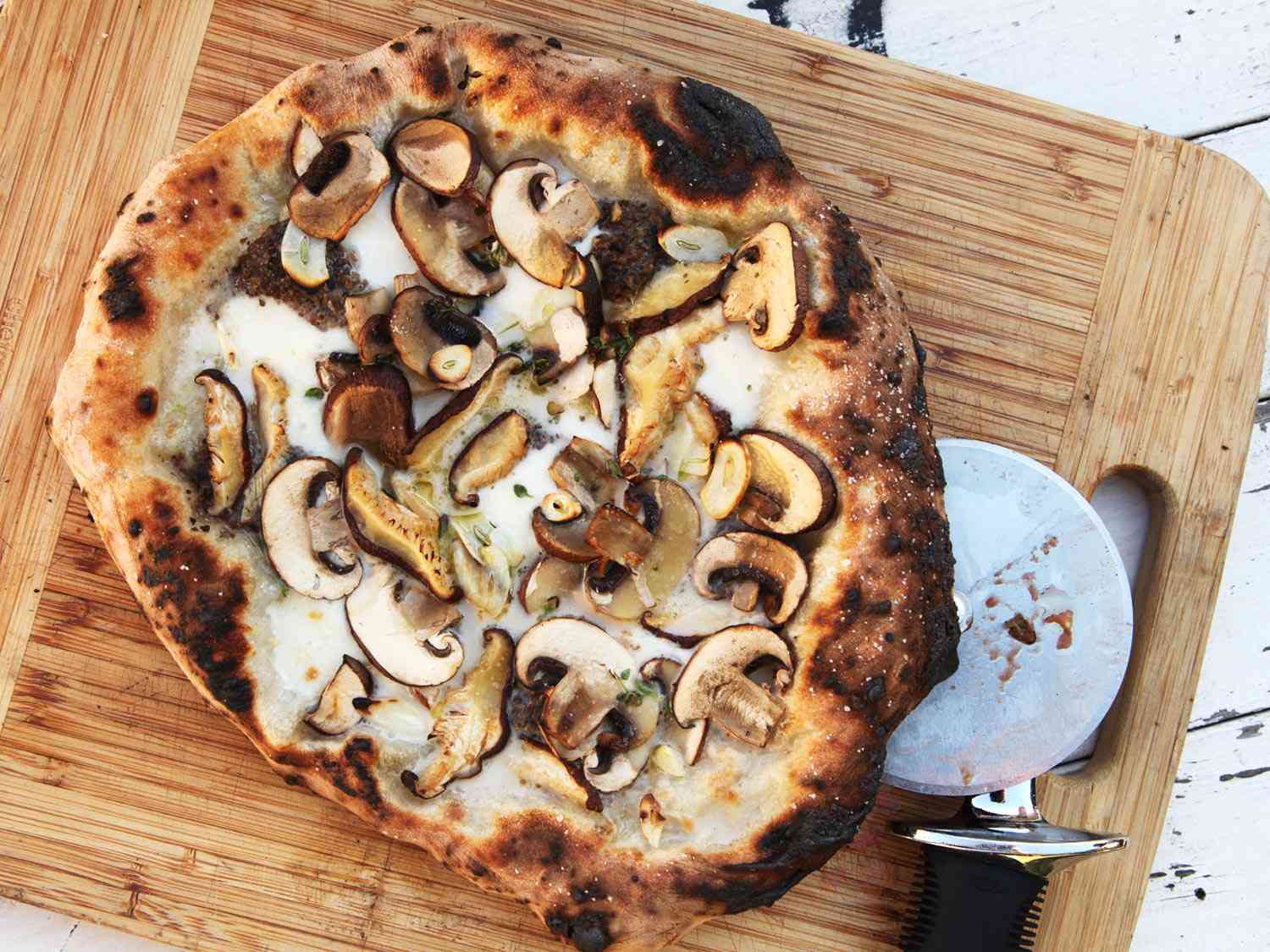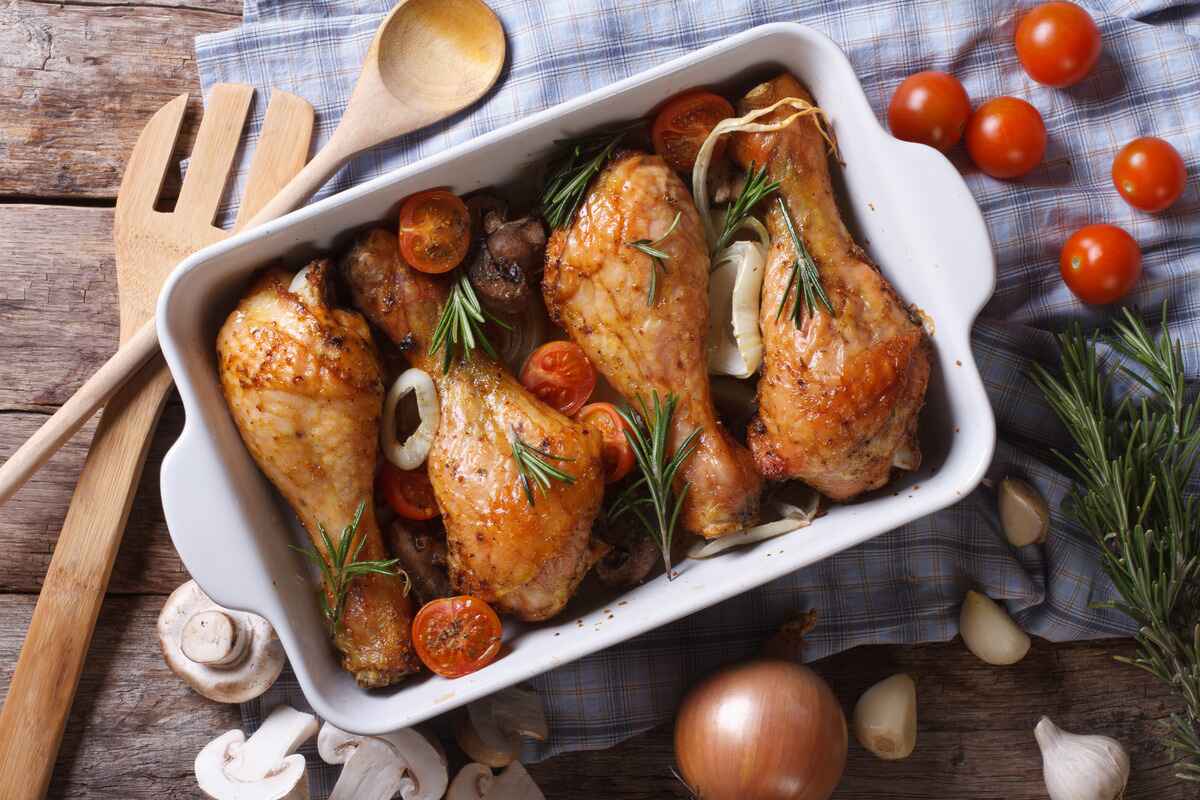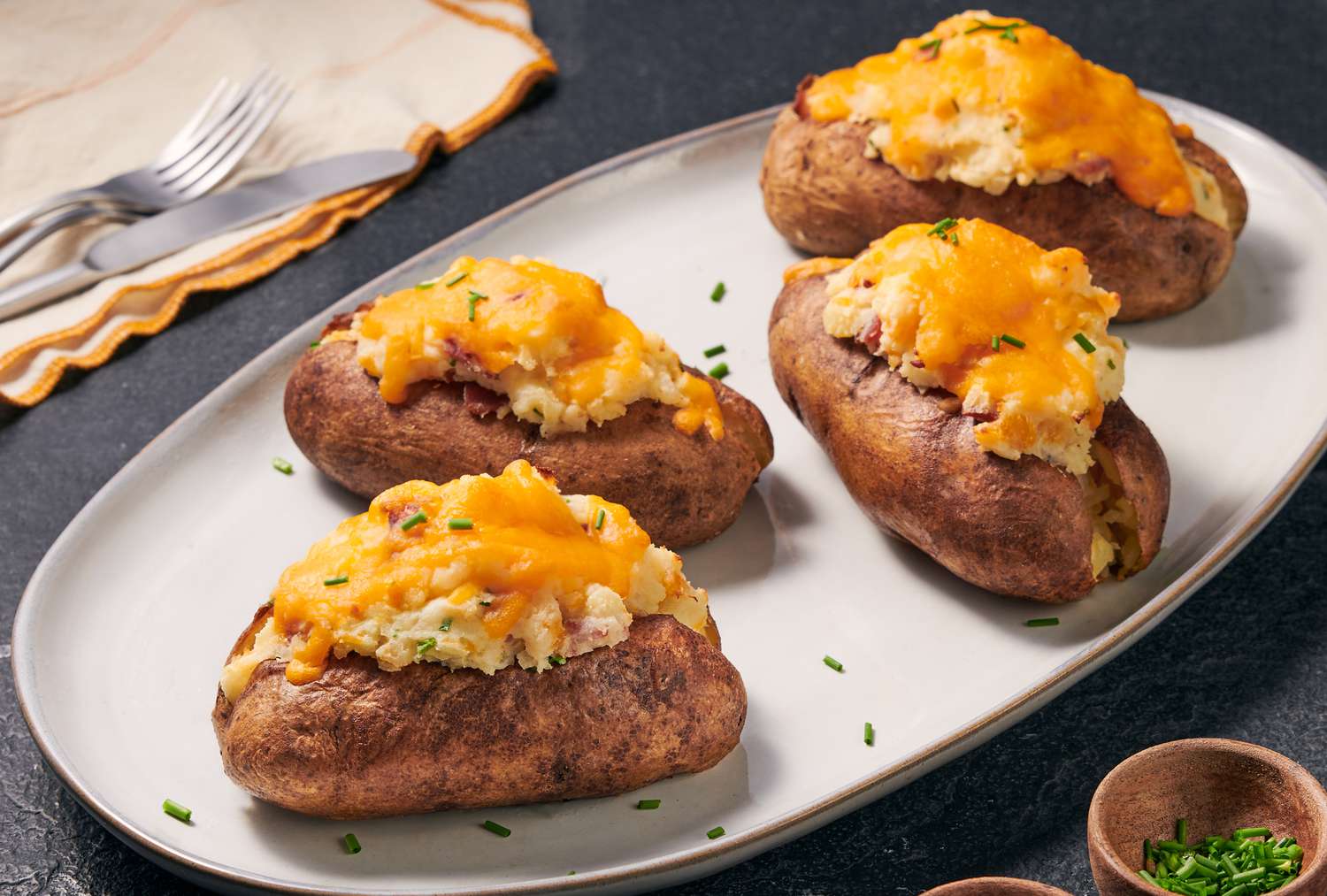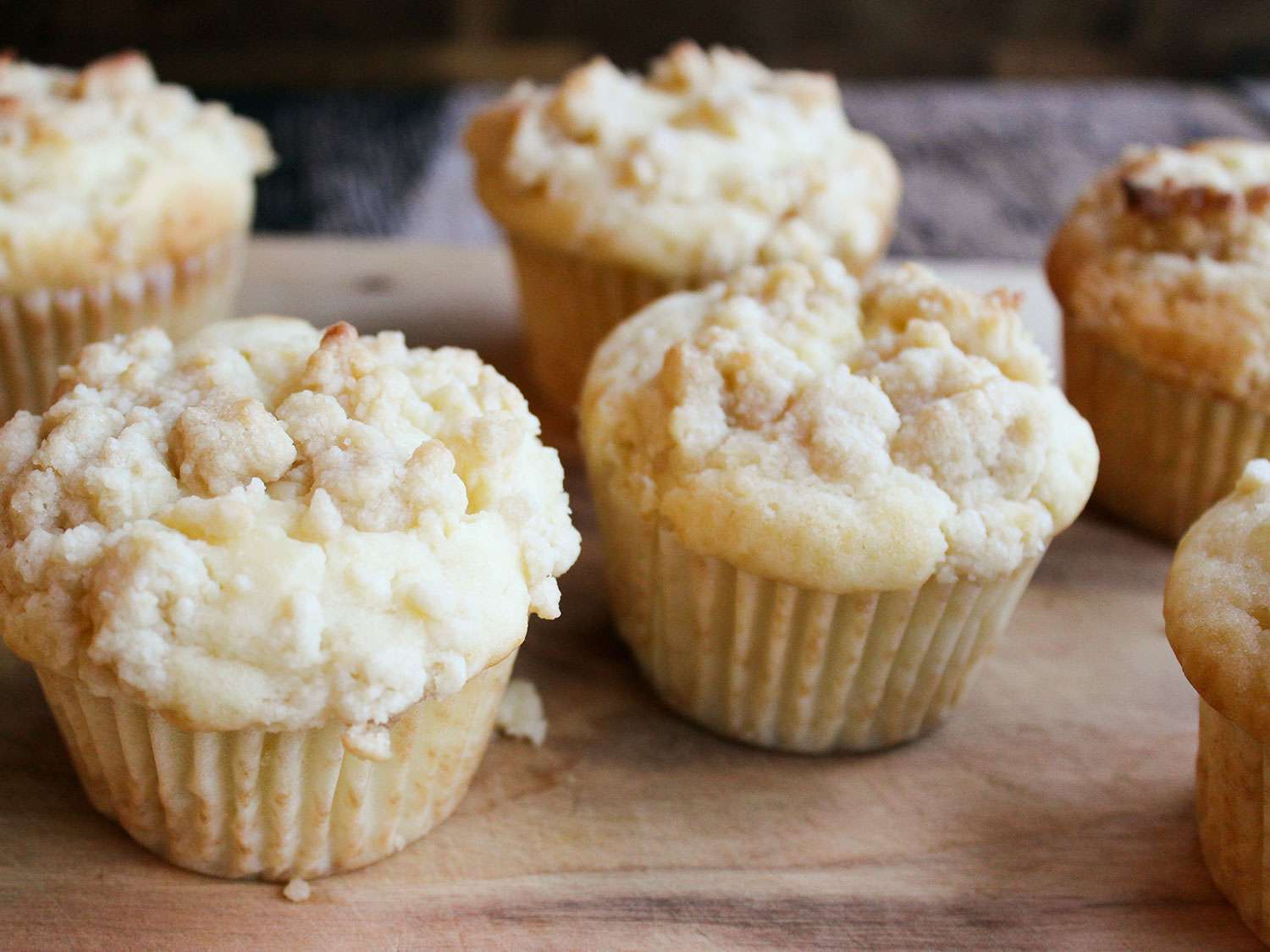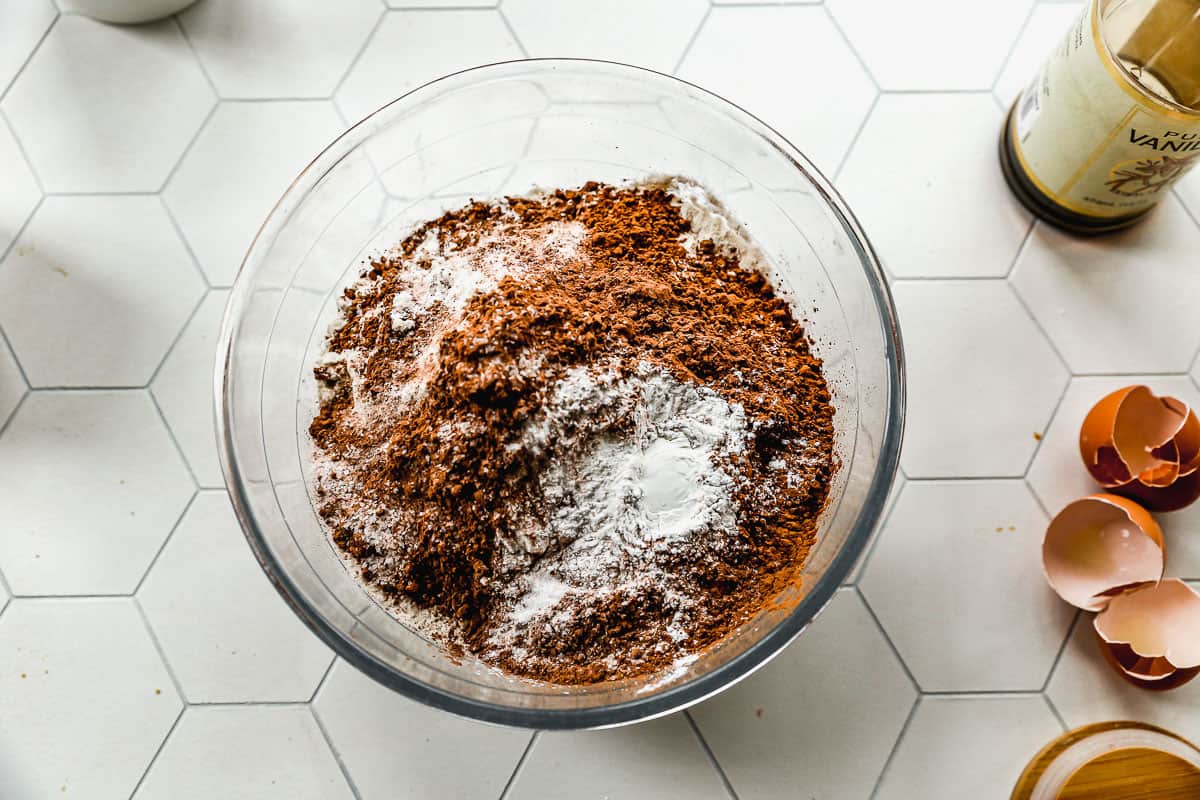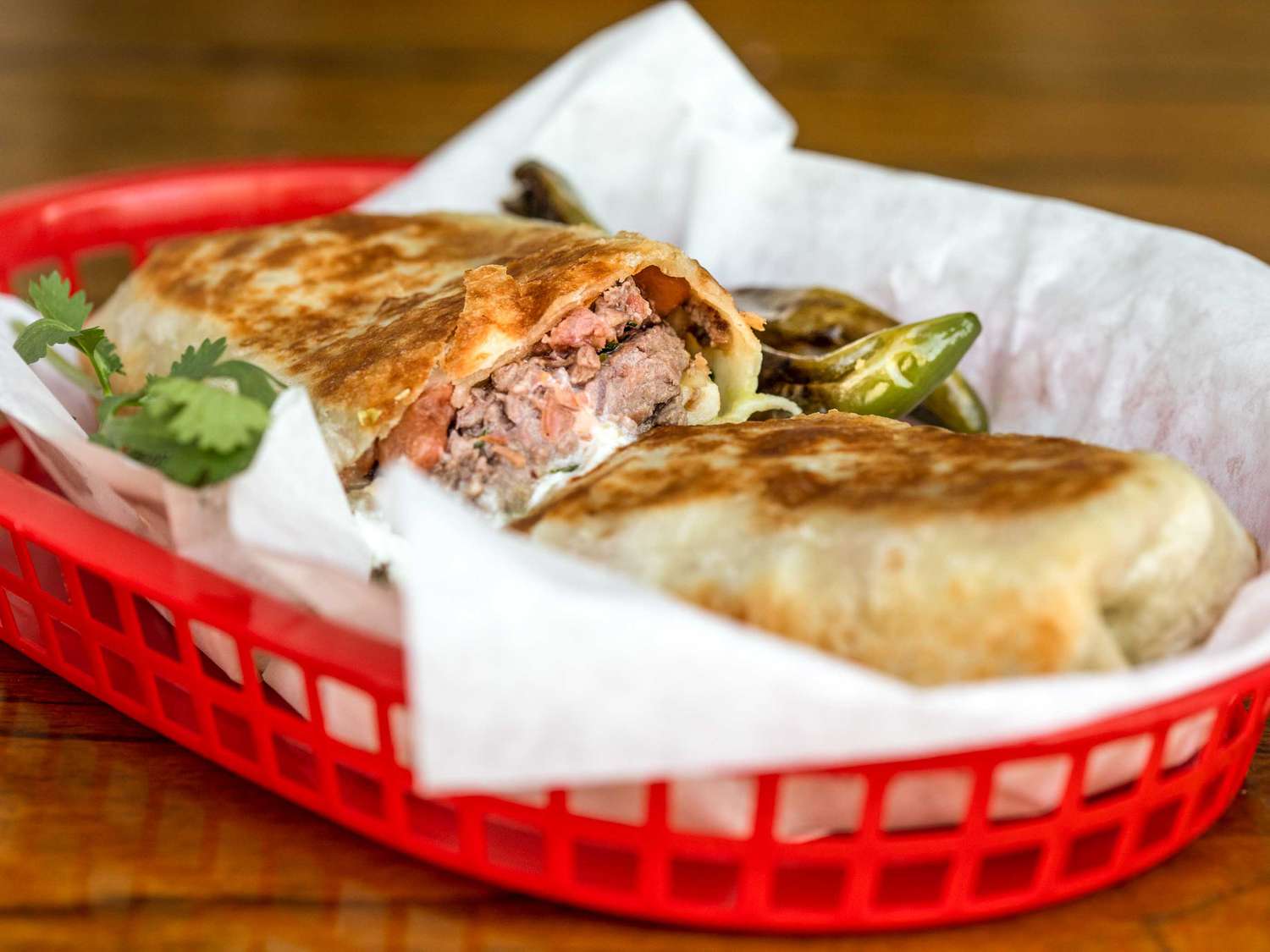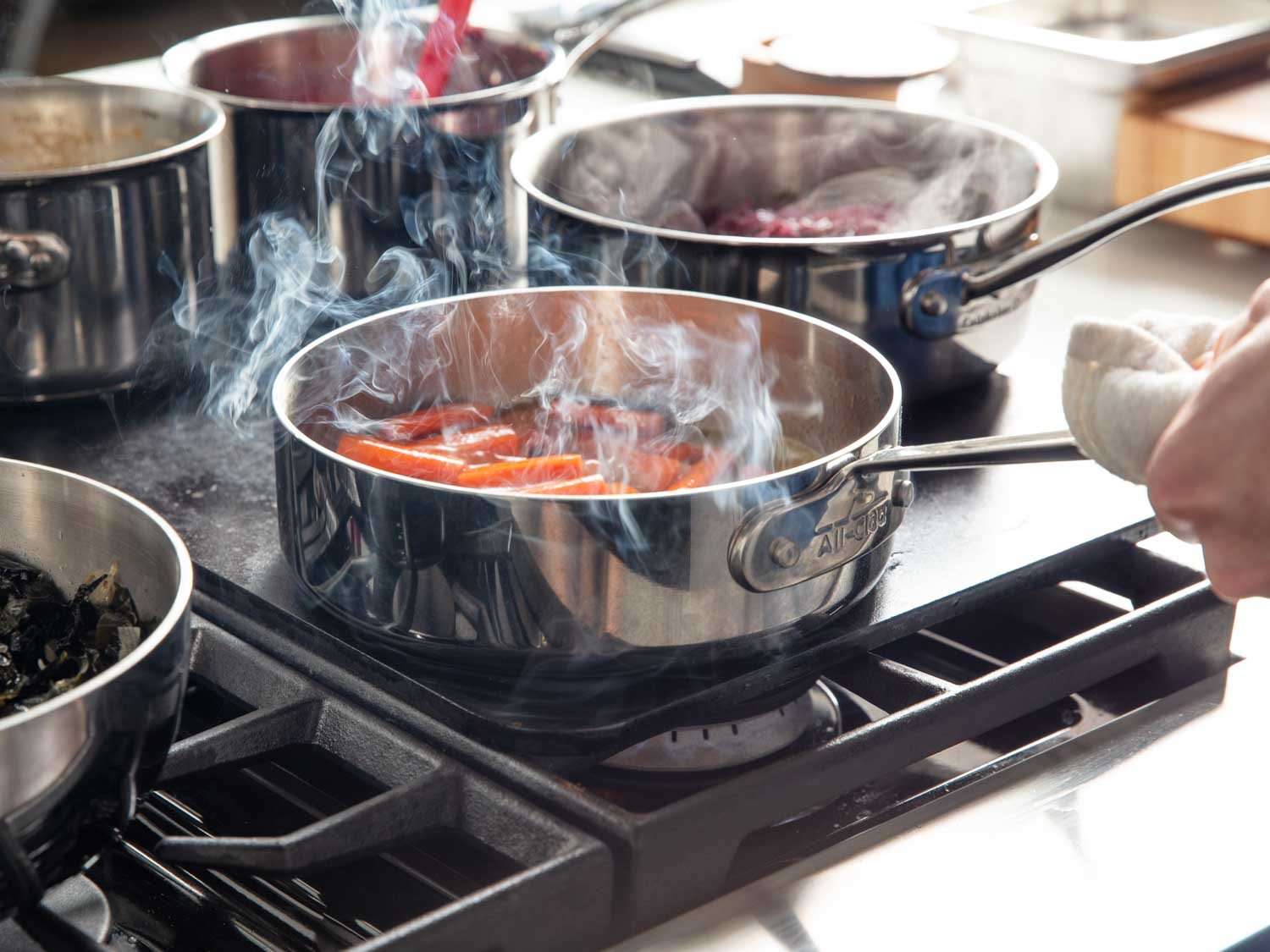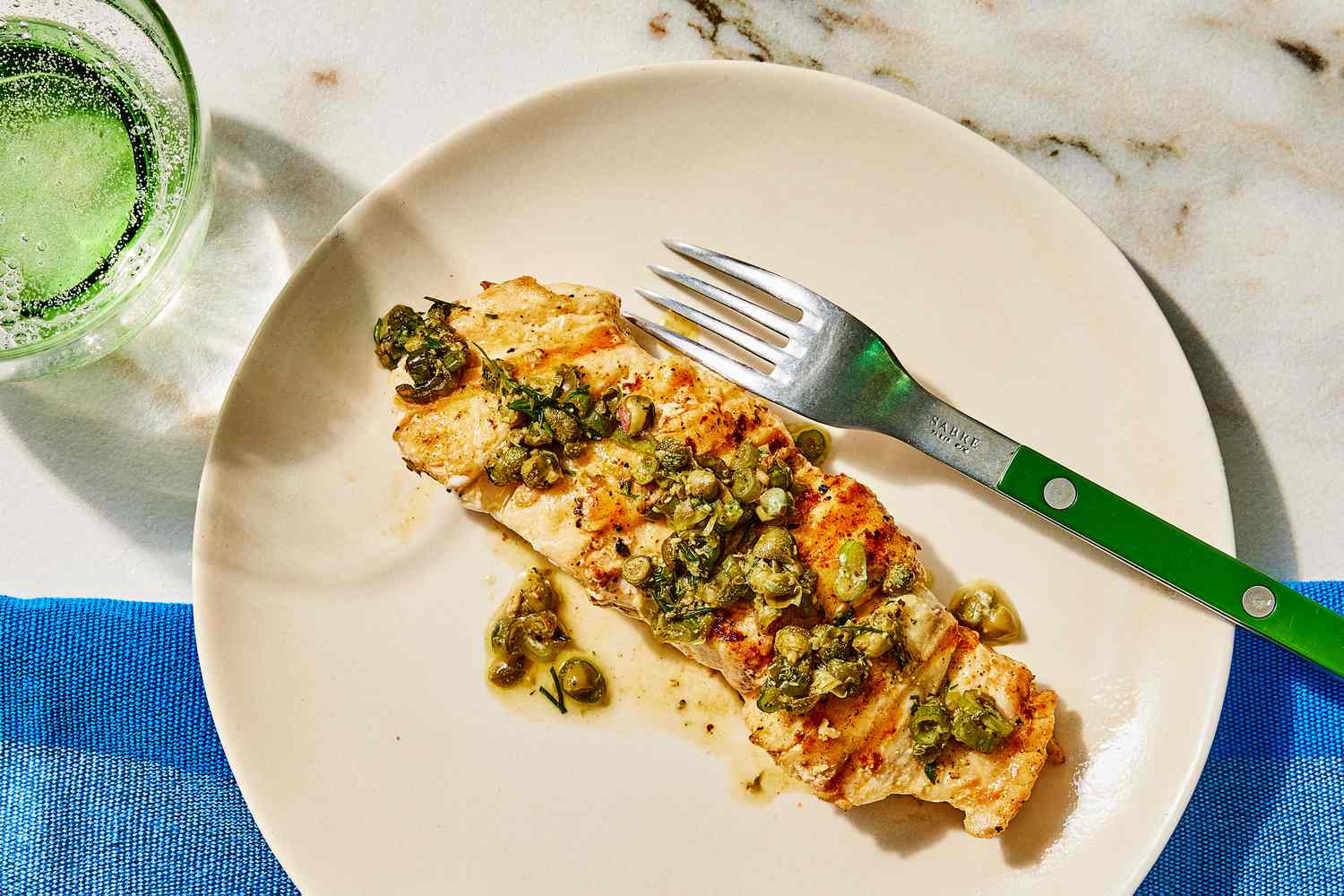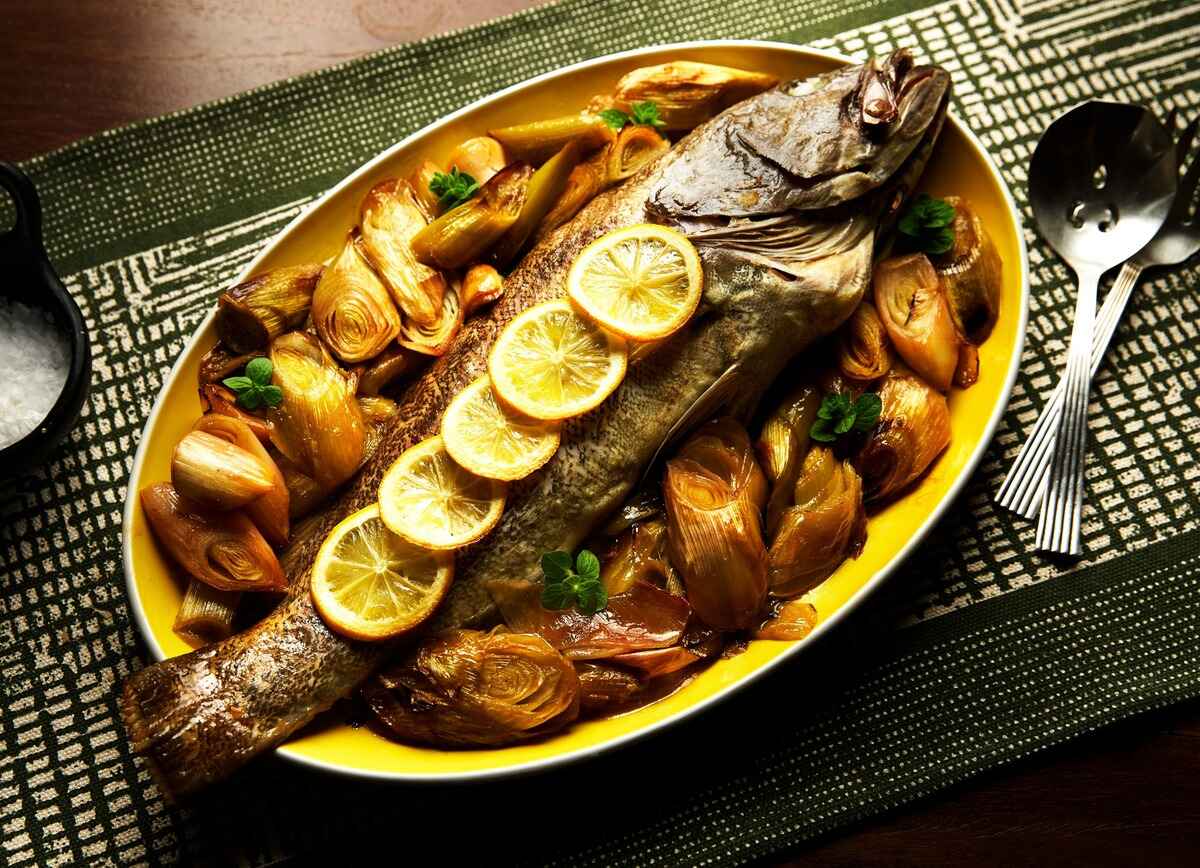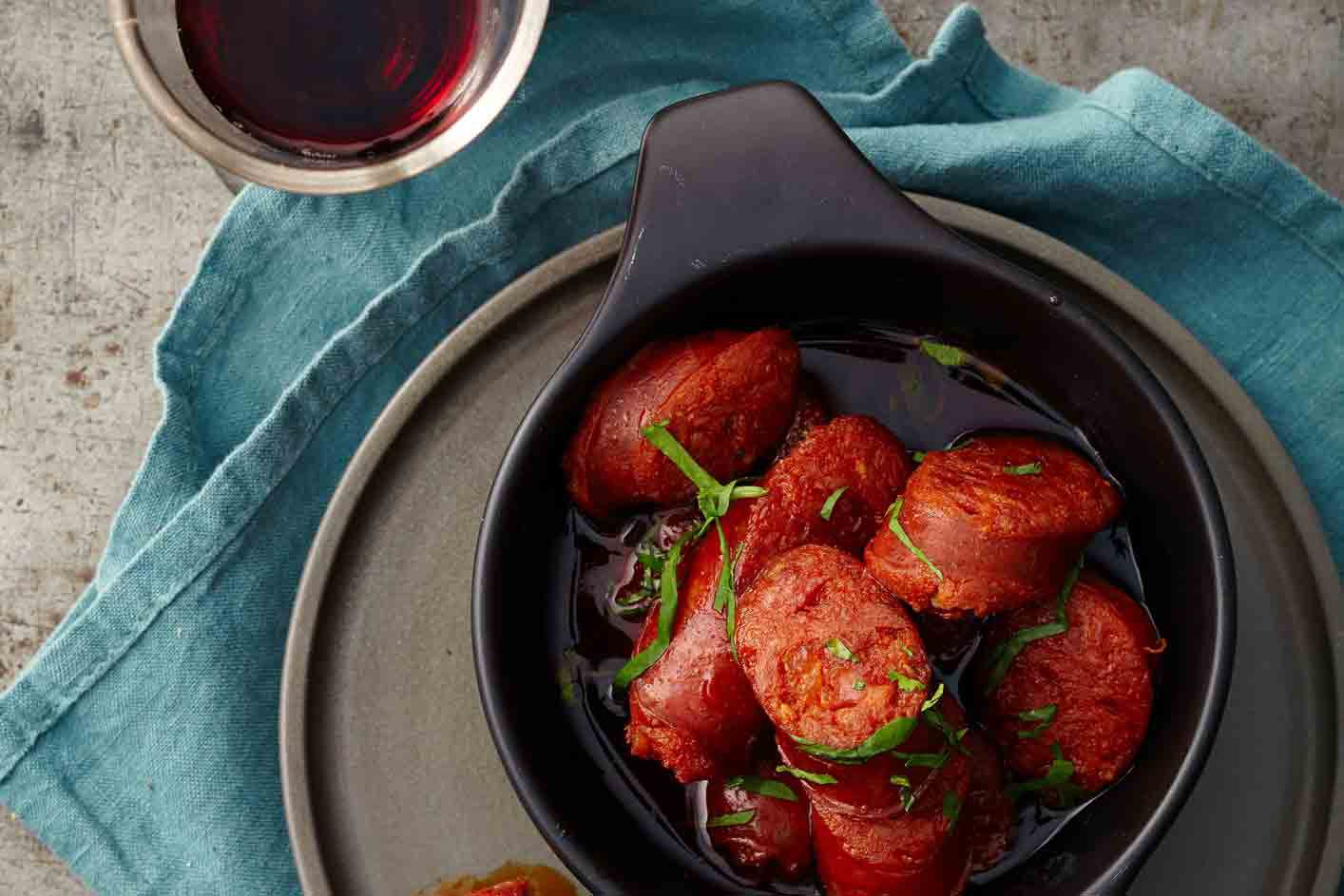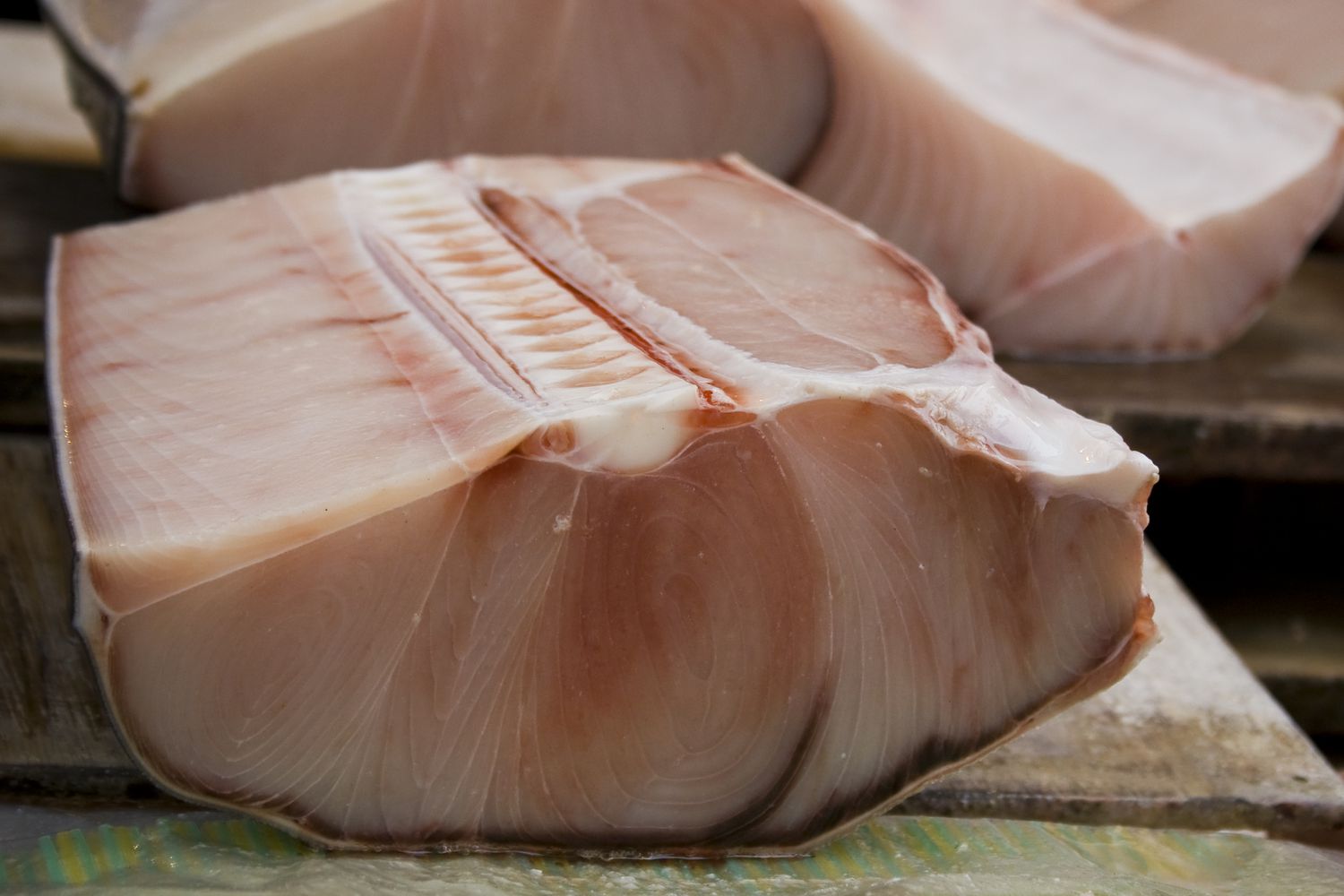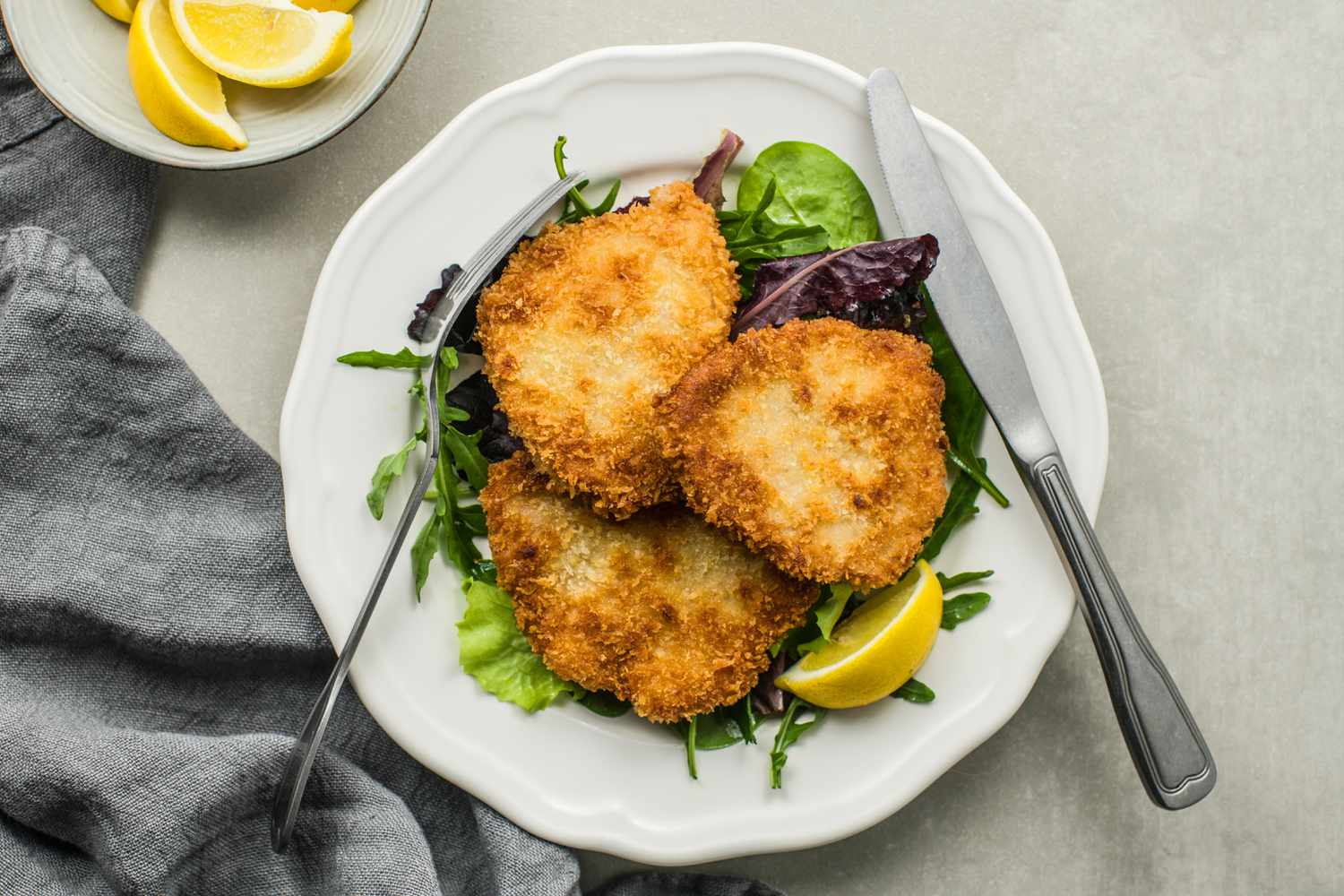Get Ready to Bake Delicious Cake in a Deep Pan
Are you ready to bake a delicious cake in a deep pan? Baking a cake in a deep pan can be a bit different from baking in a regular cake pan, but with the right techniques, you can achieve a moist and fluffy cake that will have everyone coming back for seconds. Here’s how to bake cake batter in a deep pan:
Choose the Right Pan
When baking a cake in a deep pan, it’s important to choose the right pan for the job. Look for a deep cake pan that is at least 2 inches deep to ensure that your cake has enough room to rise without overflowing. A 9-inch round deep cake pan or a 9×13-inch rectangular deep cake pan are both great options for baking a cake with a deep, moist crumb.
Prepare the Pan
Before pouring in the cake batter, it’s essential to prepare the deep cake pan to ensure that the cake doesn’t stick. You can use butter and flour, or parchment paper to line the pan. This will make it easier to remove the cake from the pan once it’s baked, and will help to maintain the cake’s shape.
Mix and Pour the Batter
Once your deep cake pan is prepared, it’s time to mix up your cake batter. Whether you’re using a store-bought cake mix or making your batter from scratch, be sure to follow the recipe’s instructions carefully. Once the batter is mixed, pour it into the prepared deep cake pan, making sure to spread it evenly to ensure an even rise.
Bake to Perfection
Now it’s time to bake your cake batter in the deep pan. Preheat your oven to the temperature specified in your recipe, and carefully place the deep cake pan in the center of the oven. Be sure to set a timer so you can keep an eye on the baking time. Deep cakes may require a slightly longer baking time than shallow cakes, so be sure to test for doneness with a toothpick or cake tester before removing the cake from the oven.
Cool and Enjoy
Once your cake is baked to perfection, remove it from the oven and allow it to cool in the deep cake pan for a few minutes. Then, carefully invert the pan onto a wire rack to remove the cake and allow it to cool completely. Once the cake has cooled, you can frost and decorate it as desired, and then slice and serve to enjoy your delicious creation!
Now that you know how to bake cake batter in a deep pan, you can create beautiful, moist, and fluffy cakes that are sure to impress. Whether you’re baking a birthday cake, a special occasion cake, or just a treat for yourself, using a deep cake pan can help you achieve a professional-looking result that tastes as good as it looks. So, roll up your sleeves, preheat your oven, and get ready to bake a delicious cake in a deep pan!
Was this page helpful?
Read Next: How To Bake Angel Cake In A 9×13 Glass Pan
